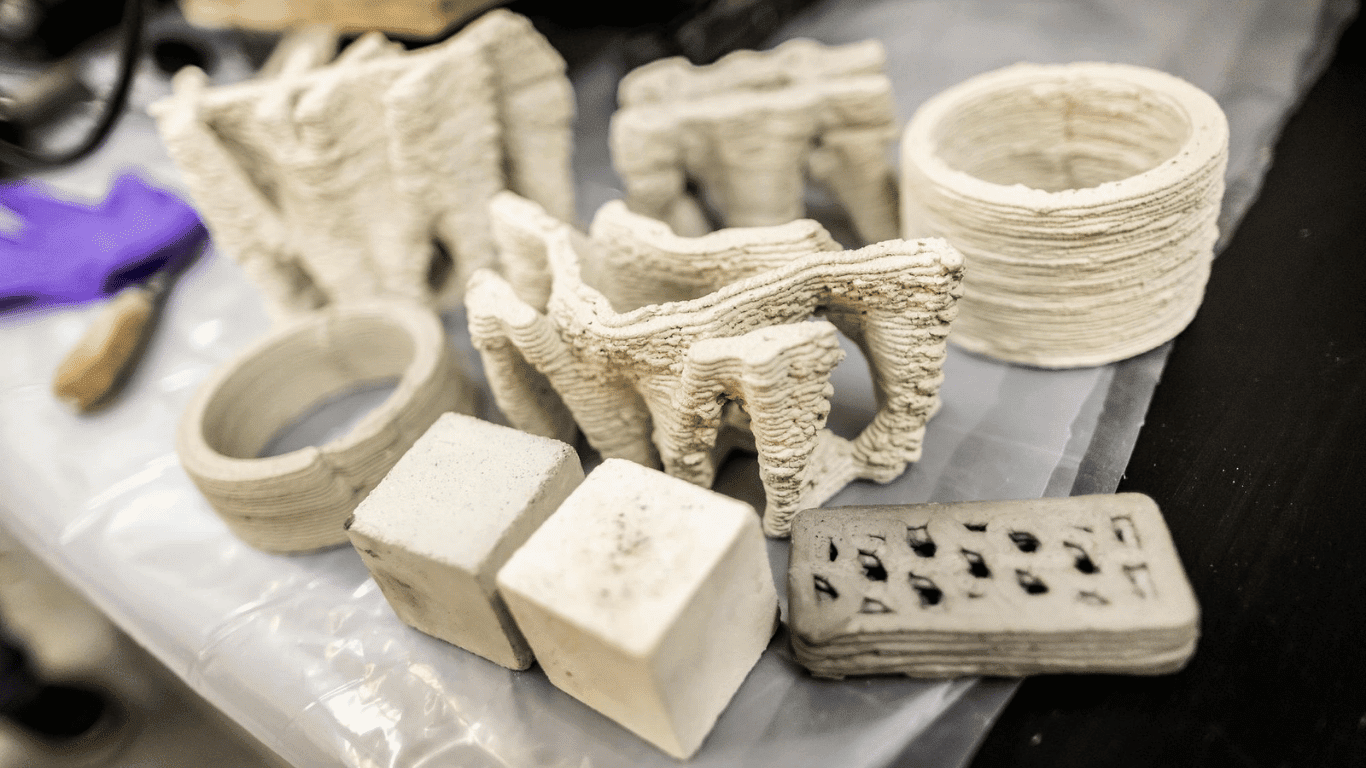In today’s rapidly evolving world, how we manage and control buildings has undergone significant transformations. Integrating technology into everyday operations has given rise to innovative solutions that streamline facility management, improve energy efficiency, and enhance overall building performance. One of the most impactful advancements in this field is the Building Management System (BMS), a technology that is changing the way we approach facility control. This article delves into the role of Building Management Systems, their benefits, and how they are revolutionizing modern facility control.
What is a Building Management System?
Heating, ventilation, air conditioning (HVAC), lighting, security, and other mechanical systems are just a few of the building services that are monitored and managed by a Building Management System (BMS), a centralized computer-based management system. These technologies are necessary to guarantee peak building performance, lower operating expenses, and improve occupant safety and comfort.
Building Management Systems collect data from sensors and controllers distributed throughout a facility. This data is then analyzed and used to automate and optimize building operations, making real-time adjustments to ensure efficiency and sustainability. The primary goal of a BMS is to create a seamless, integrated approach to building management that enhances operational efficiency and reduces energy consumption.

How BMS Enhance Facility Control
A building management system plays a crucial role in modern facility management by providing facility managers with a comprehensive view of building operations. By integrating various building functions into a single platform, BMS technology enables centralized control and real-time monitoring, which helps prevent system failures, optimize energy use, and maintain occupant comfort. Here are some of the key benefits that BMS technology brings to facility control:
- Energy Efficiency and Cost Reduction
One of the most significant advantages of using a BMS is its ability to improve energy efficiency. By monitoring and controlling energy consumption in real-time, BMS can reduce unnecessary energy use, such as turning off lights in unoccupied areas or adjusting HVAC settings based on occupancy levels. These small changes can lead to substantial savings on utility bills and contribute to a lower carbon footprint. - Enhanced Security and Safety
Modern Building Management Systems also integrate security features such as access control, video surveillance, and alarm systems. These integrated security measures enhance the safety of the building and its occupants, providing real-time alerts and enabling rapid responses to potential security breaches. Additionally, BMS can monitor fire safety systems and ensure they function correctly, further contributing to a secure building environment. - Improved Occupant Comfort
A BMS continuously monitors building conditions such as temperature, humidity, and lighting levels, ensuring that they remain within optimal ranges for occupant comfort. By automating adjustments based on real-time data, a BMS can enhance the overall experience of building users, leading to improved satisfaction and productivity in work environments.
Key Components of a BMS
Building Management Systems comprise several critical components that work together to ensure efficient facility control. Understanding these components can help facility managers make informed decisions about implementing BMS technology.
- Sensors and Actuators
Sensors are devices that collect data from various points within the building, such as temperature, humidity, occupancy, and light levels. Actuators then use this data to make adjustments, such as opening or closing valves, adjusting dampers, or switching lights on and off. Together, sensors and actuators form the backbone of a BMS, providing the real-time data necessary for system automation. - Controllers
Controllers process the data received from sensors and make decisions based on pre-set parameters. They execute commands to actuators, ensuring that the building’s systems operate optimally. Controllers are typically programmable, allowing facility managers to set specific operating conditions and preferences. - User Interface
The user interface is the platform through which facility managers interact with the BMS. This interface provides a comprehensive view of building operations, with dashboards that display real-time data, alerts, and analytics. Modern interfaces are often web-based, allowing remote access and control from any location. - Data Storage and Analytics
A BMS continuously collects and stores data, which can be analyzed to identify trends, inefficiencies, and opportunities for improvement. Advanced BMS platforms use artificial intelligence and machine learning to predict maintenance needs, optimize energy use, and provide actionable insights that help facility managers make data-driven decisions.
The Future of Building Management Systems
Emerging technologies such as the Internet of Things (IoT), artificial intelligence, and advanced analytics are set to shape the future of building management systems (BMS). As these technologies continue to evolve, BMS platforms will become even more sophisticated, providing deeper insights into building operations and enabling predictive maintenance strategies.
IoT devices, for example, will increase the volume and variety of data that a BMS can collect, offering a more granular view of building performance. Artificial intelligence algorithms can then analyze this data to identify inefficiencies, predict equipment failures before they occur, and suggest proactive measures to enhance building performance. This shift towards intelligent, data-driven facility management will revolutionize how we manage buildings, making them smarter, more efficient, and more responsive to occupants’ needs.
Overcoming Challenges in BMS Implementation
While the benefits of Building Management Systems are clear, implementing a BMS can come with challenges. These may include the initial cost of installation, the complexity of integrating BMS with existing systems, and the need for ongoing maintenance and staff training. However, with proper planning and the right support, these challenges can be overcome, and the long-term benefits far outweigh the initial hurdles.
To ensure successful BMS implementation, it is essential to work with experienced professionals who understand your facility’s specific needs. Regular maintenance and updates are also crucial to keeping the system running smoothly and adapting to changing building requirements.
Building Management Systems (BMS) are revolutionizing modern facility control by providing an integrated approach to managing building operations. From enhancing energy efficiency to improving security and occupant comfort, BMS technology is transforming the way we think about facility management. As the technology continues to advance, BMS will become even more integral to creating smart, sustainable, and responsive buildings.
For those looking to explore cutting-edge solutions in building management, the CIM platform offers advanced tools and insights to optimize building performance and drive efficiency. By embracing these technologies, facility managers can stay ahead of the curve and ensure that their buildings are operating at their best.
This evolution in building management is just the beginning, and as we look to the future, the possibilities for smarter, more efficient buildings are endless.
This is a sponsored post by Panem. All reviews and opinions expressed in this post are not based on the views and opinions of Tomorrow’s World Today.







